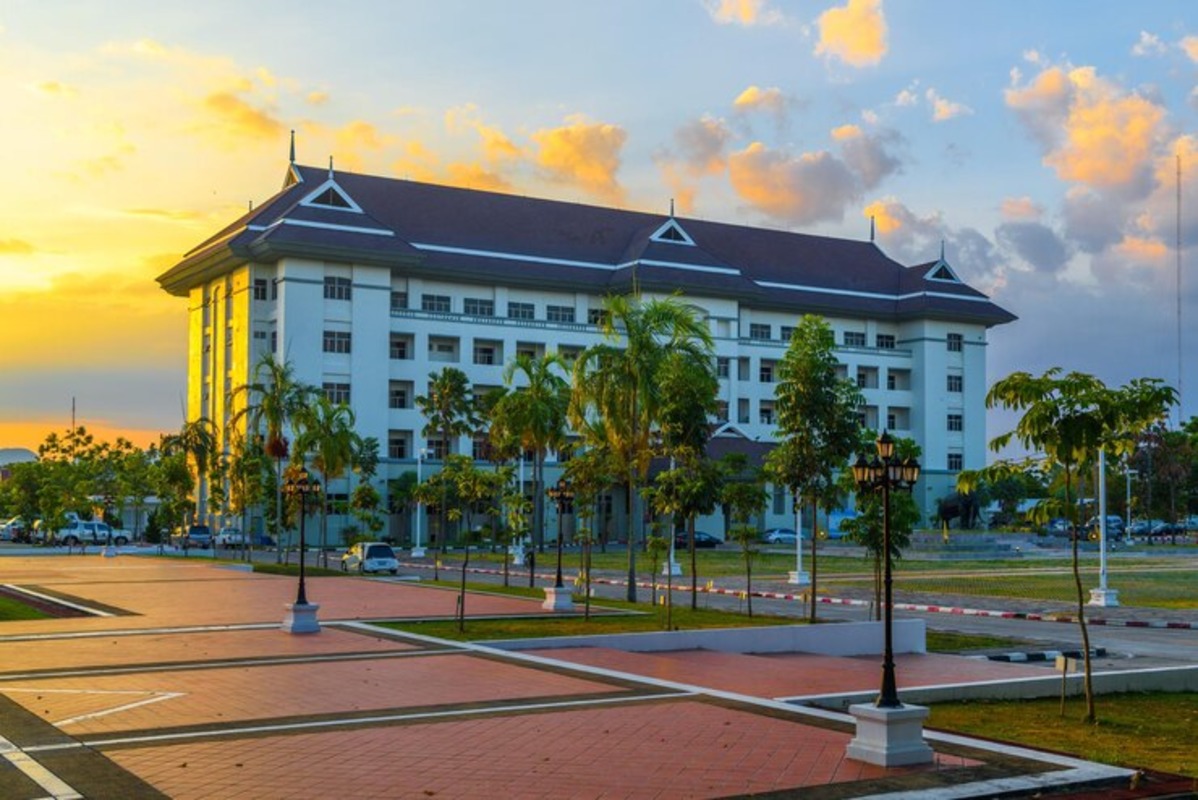
For a comfortable life in Thailand, you’ll need a local bank account.
You don't need a Thai bank account to buy real estate in Thailand, but you’ll need it to receive income when renting out real estate.
Content:
- Documents required for opening a bank account
- Opening an account with a tourist visa
- Banks in Thailand
- Account opening conditions
- Types of bank accounts and bank cards
- Features of bank accounts and cards in Thailand
- ATMs
Documents required for opening a bank account
A foreigner has the right to open an account in a bank in Thailand. But this requires several documents and you may face the unpleasant side of the Thai bureaucracy.
Documents required for opening an account:
- passport;
- work permit (or a letter from your company stating that you are in the process of obtaining a work permit);
- non-immigrant visa;
- lease agreement for at least one year/ownership of real estate/leasehold agreement;
- Thai sim card;
- TM6 immigration card.
The list of documents may vary not only from bank to bank but also from branch to branch. If you were unsuccessful in opening an account in one place, you can try again in another office.
If you have a student visa, the bank may ask for a letter from the educational institution to confirm the status. A letter from the employer may be requested along with a work permit.
In addition to the lease agreement, the bank may ask for the personal info of the apartment owner and the registration book of the house (Tabien Ban).
Opening an account with a tourist visa
Is it possible to open a bank account in Thailand with a tourist visa? Yes, it’s possible to open a bank account in Thailand while on a tourist visa or it can at least be done in resort cities. Depending on the bank and branch, the situation might also change. You might require a letter from the embassy attesting to your identity or a document from the immigration service when opening an account with a tourist visa.
Once you open an account as a resident with a non-immigrant visa, more features will be available to you.

Banks in Thailand
The most popular banks in Thailand:
- Bangkok Bank
- Siam Commercial Bank
- K-bank
- Bank of Ayudhya (Krungsri)
- KrungThai
- TMB Bank
In addition to Thai banks, there are foreign banks in the country, for example, United Overseas Banks (UOB) and the Industrial and Commercial Bank of China (ICBC), Citibank. But the list of documents for opening an account there is the same throughout. There are representative offices of other American and European banks in Thailand but they only deal with corporate clients.
Bangkok Bank is considered the most loyal to non-residents of the country.
Account opening conditions
To open an account, you must deposit USD 15–60 (500–2,000 Thai baht or THB), as well as pay USD 8–15 (THB 300–500) for a bank card. In addition, some banks demand insurance, which typically costs between USD 145 and USD 230 (THB 5,000–8,000). In some banks, the cost of the card includes insurance. A maximum of USD 580 (THB 20,000) can be withdrawn in cash. Remember that the branch where you opened the account will become your "home" branch and that the majority of your transactions can only be made there.
In the province where the card was issued, ATM cash withdrawals are free of charge. A small commission may be levied in other provinces, ranging from USD 0.3 to USD 0.8 (THB 10–20).
Types of bank accounts and bank cards
Saving Account: The most common type of account for foreigners in Thailand. Opening an account requires only a small deposit linked to your debit and/or credit card. The bank provides a bank book (or a savings book) in which transactions can be printed at ATMs or a bank branch.
Current Account: Current accounts include a chequebook. To open such an account, you’ll need a work permit, a letter from your employer and a larger down payment.
Deposit account in foreign currency: Usually in US dollars and only opened if you have a work permit.
Savings account: There are different types of deposit accounts (3 months, 6 months, 12 months, etc.). Different conditions and interest rates apply. You need to find out the information directly at the bank or on the bank's website.
Debit and credit cards are issued in Thailand.
A debit card is linked directly to your account, so you can only spend what you have in the account. This is the card that the bank gives you by default when opening an account. Most foreigners are given an unembossed card.
A credit card gives you access to credit facilities with a grace period on the interest. To be eligible for a credit card, you’ll need a salary history in Thailand of no less than 6 months. Credit cards in Thailand can be used to rent a car or pay for a hotel reservation. They offer a wide range of benefits, including miles on Thai airlines, free movie tickets, discounts in many shops and restaurants, etc.

Features of bank accounts and cards in Thailand
There is no IBAN in Thailand, so to make an international transfer to Thailand, you’ll need to provide your bank with the SWIFT code of the Thai bank to which you want to send the funds.
In Thailand, bank cards are not accepted everywhere. The card may not be accepted in a large store or a small shop on 7/11. Payment using a QR code through the bank's application is very popular.
Thai banks have Internet banking and mobile banking services. The bank will immediately instal a mobile application and register your account in it. With the help of a mobile application, you can pay for the services of a mobile operator or pay utility bills.
Transfers from an account to an account in Thailand are carried out instantly and without commission. For the transfer, the account number, not the card number, is used which is specified in the bank book.
Is it possible to open a Thai bank account online? No, you need to be physically present at the bank when opening an account. The remaining operations can be carried out through Internet banking or mobile banking.
ATMs
There are a lot of ATMs in Thailand, each 7/11 or Family Mart store must have an ATM, usually several and of different banks. In addition, ATMs are located at metro stations and shopping malls.
There are different types of ATMs: ATMs and CDMs. Through the ATM, you can withdraw cash, pay for services and transfer money to another account. A CDM not only issues but also accepts cash. Through this type of ATM, you can top up your account and update your bank book data.


